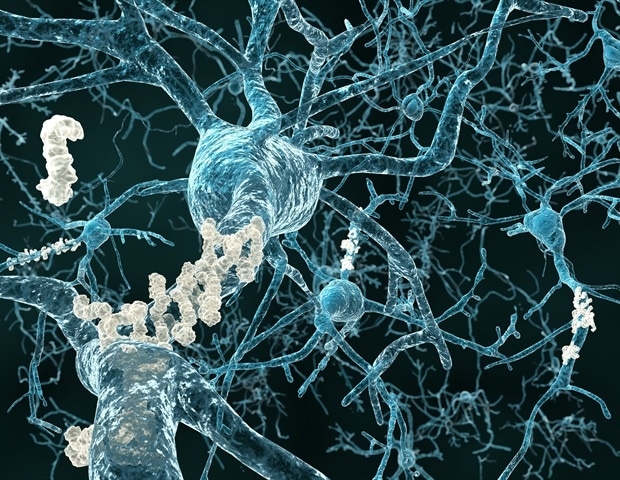
Researchers at The Florey have developed a new mRNA technology approach to target the toxic protein tau, which is known to accumulate in patients with Alzheimer’s disease and other forms of dementia. Historically, mRNA has been primarily used for developing vaccines, such as those utilized to combat COVID-19. A recent study published in Brain Communications has positioned The Florey as a significant contributor to the mRNA field, with Dr. Rebecca Nisbet steering the technology in a novel direction.
Dr. Nisbet compares mRNA to an instruction manual for cells, explaining that once the cell absorbs the mRNA, it proceeds to produce an antibody. The research team at The Florey harnessed mRNA to instruct cells in cell models to generate RNJ1, an antibody devised by Dr. Nisbet to target tau, a harmful protein that forms clumps in the brain cells of individuals with dementia.
PhD student Patricia Wongsodirdjo, the lead author of the paper, anticipates that their technique can extend to various therapeutic antibodies. Their vision is for this strategy, in conjunction with nanoparticle packaging, to enhance the targeting of toxic substances in the brain and enhance patient outcomes as compared to standard approaches.
The study marks the first instance where mRNA has been explored for potential use in Alzheimer’s disease treatment. Dr. Nisbet acknowledges that further research is required on RNJ1. She explains that while emerging Alzheimer’s treatments like lecanemab show promise, their production is cost-intensive and ineffective in delivering an active antibody into brain cells.
Conventional antibodies like lecanemab can eliminate some harmful plaque surrounding brain cells but cannot reach toxic proteins like tau present within the cells themselves.
Overall, this new mRNA technology approach shows great potential for treating Alzheimer’s disease and other forms of dementia by directly targeting harmful proteins within brain cells.






